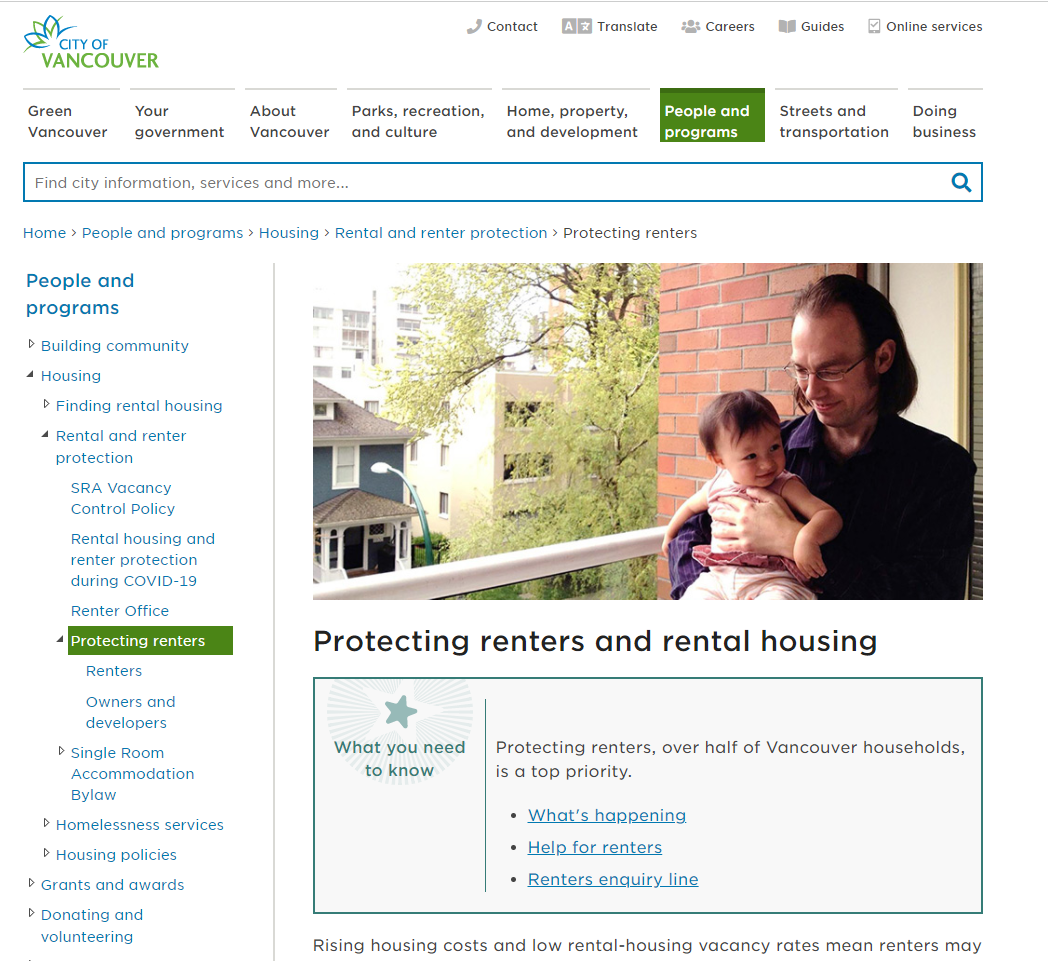Evictions for renovations and demolition have become a serious issue for tenants in BC – to the point where some municipal governments have created Tenant Relocation and Protection Plans to better protect tenants being displaced for these reasons. For example, the City of Vancouver has a Plan that goes above and beyond what the Residential Tenancy Act (RTA) offers in terms of compensation. While the RTA says that tenants are entitled to one free month of rent when evicted for renovations or demolition, the City of Vancouver’s Plan requires landlords to pay an amount between four and 24 months, depending on the length of the tenancy being ended.
To see if your City has a Tenant Relocation and Protection Plan, visit TRAC’s webpage, Evictions.
